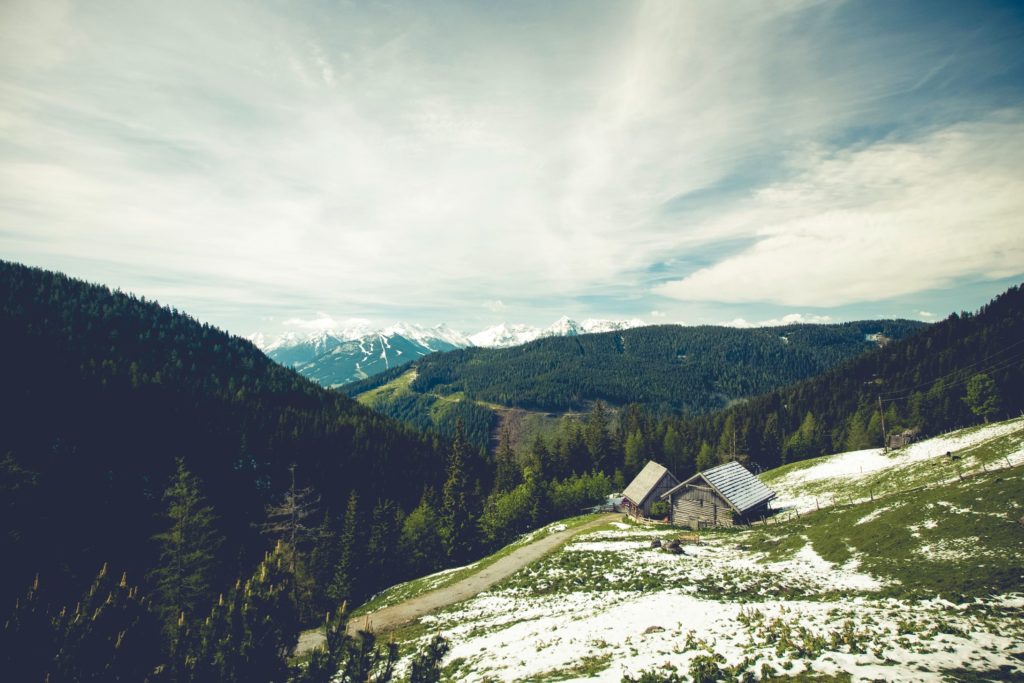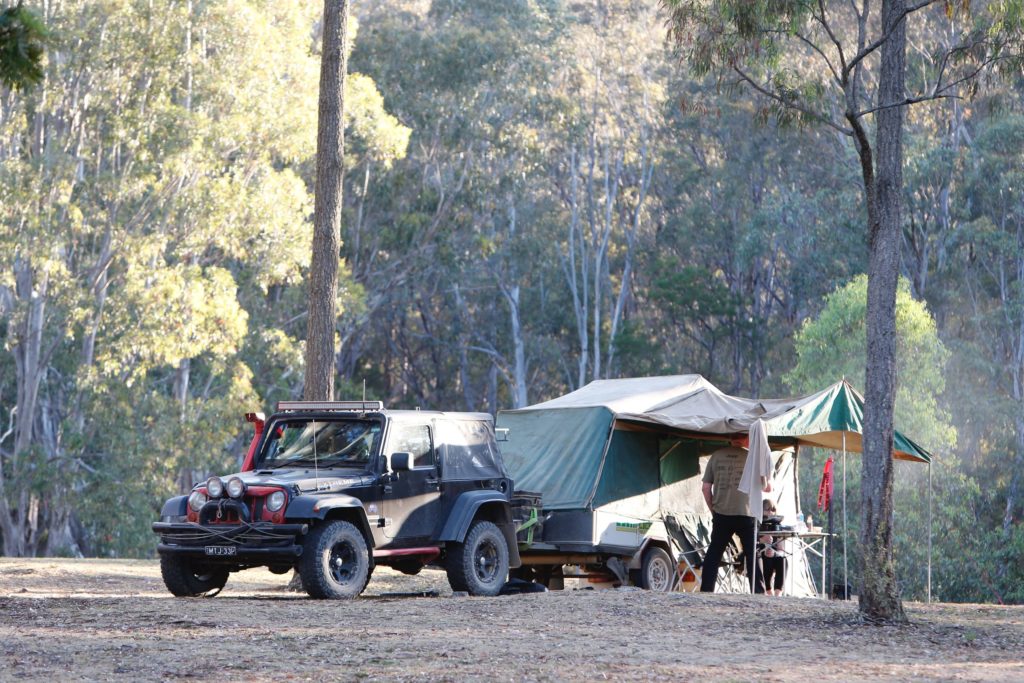Living off the grid is the dream of many, but only few realize this dream. No more envelopes, bills, WhatsApp groups and manage your energy consumption and waste. No more horrible job, but working to have a simple but comfortable and happy life.
Can you go without the luxuries you currently enjoy? Living off the grid goes hand-in-hand with arranging your own energy supply, food and waste. It’s a great way to reduce your ecological footprint. But are you up for it?

What is living off the grid?
Almost every house is connected to the electricity network, has a gas connection and water supply. If you go off the grid, you will no longer use these ‘standard’ facilities. You are going to create your own energy. When the idea sounds attractive to you, it makes sense to become partially self-sufficient. Do you have the ambition and the possibilities to switch to a life off the grid? You’re a lucky one.
Do you want to know what it takes to live off the grid? Then continue reading, because we tell you everything you need to know about this lifestyle change. Living off the grid, 3 import steps to take.
How does it work, living off the grid?
An off grid way of life is more than anything being independent from big companies. Start with an alternative to your energy supply. Wind or solar energy are the most common possibilities, because these are energy sources that are always present. But you also need an alternative for clean drinking water supply. These are the steps you need to take.

Step 1: Choose a natural energy source
You can produce solar energy by installing solar panels on the roof of your house. Or if you have enough land, the panels can also be placed on the ground. These are panels that contain cells made of silicon semiconductors. These semiconductors collect energy from the sun as soon as sunlight hits the panel. Electrons are released that cause an electric field. The electrons start flowing in one direction, creating direct energy. The inverter conducts the direct energy flow and converts it into the alternating energy that the house is using.
If you prefer to use wind energy, this works almost the same way. A wind turbine is installed that looks like an airplane propeller. This propeller stands on top of a tower of 15 to 36 meters high. As soon as the wind blows, the wings of the propeller start turning. They rotate around the axis of the rotor hub that leads to the generator. The generated energy by the rotations of the propeller blades are converted into electricity in the generator. An inverter ensures that the energy is converted into usable alternating energy.
Step 2 Choose an alternative for drinking water and the waste water
You have taken the first step by choosing a natural energy source. Now you should focus on ways to receive clean drinking water and alternatives to the sewer system.
Fortunately, there is water almost everywhere. It falls from the sky like rain, just as it runs under your feet as groundwater, or through rivers. You can get drinking water by digging a well. Of course there are laws and regulations regarding the drilling or digging of a private well. This differs per country. Contamination could occur in the soil due to leaks. It is also good to know that the deeper you drill the well, the cleaner the water will be. But it is always advisable to install a good water filter. This stops dirt and improves the taste of the water. An advantage of a private water source is that you can avoid a shortage of water during times of drought.
An above or belowground rain tank is another way to provide yourself with water. By using a pump, the water can be pumped under pressure towards the house. If you want to use rainwater as drinking water, make sure that the basin is made of metal or clay. A pre-filtering system is recommended, especially in areas where rainwater can be polluted by pollution and gases.
Then there is the sewer pipe that requires an alternative. Installing a septic system in the ground is the solution. A septic system is a large metal tank that collects and releases all waste from every drain in the house. The amount of bacteria in the tank ensures a natural degradation and separation of the liquids. This creates a lower sludge layer, a middle liquid layer and an upper foam layer in the tank. Every time wastewater flows in, the present middle layer of liquid flows out. This is done via perforated pipes that release the water from a distance into a specially created drain field. The bottom acts as a biological filter. How often the tank must be emptied depends on the size of the tank and the size of the household.
You waste water from the toilet could also be used as compost for your lands.

Step 3 Say goodbye to the gas pipeline
Heating water and heating your house without gas is a new goal. Gas is polluting, and never environmental friendly. Additionally it is a non-renewable resource. You can think of an electric boiler. But it immediately uses a lot of the generated energy. Propane is an alternative gas source, but the propane tank must be filled regularly. A solar water heater seems more suitable. It is a system that uses the solar heat and thus heats the water. The wood-burning stoves are of course ideal for heating the house.
Do you feel you are ready to live off the grid? Being independent offers many benefits. But be aware that even with solar and wind energy, power consumption must be limited. You cannot use all your devices at the same time, as you were used to. You should more than ever strive for a sustainable lifestyle. But by composting and providing your own fruits and vegetables, life becomes a lot less complicated. Have your own chickens and take some goats for healthy milk. Off the grid is suitable for anyone who wants to live a greener life.
